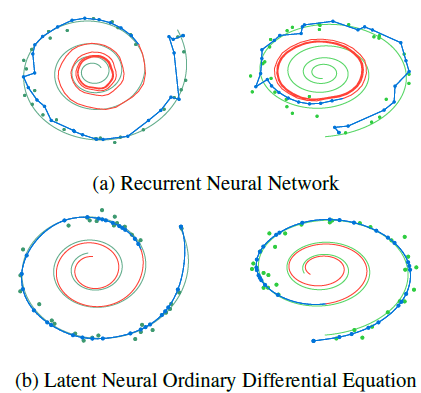scikit-rvm
scikit-rvm is a Python module implementing the Relevance Vector Machine (RVM) machine learning technique using the scikit-learn API.
Quickstart
With NumPy, SciPy and scikit-learn available in your environment, install with:
pip install https://github.com/JamesRitchie/scikit-rvm/archive/master.zip
Regression is done with the RVR class:
>>> from skrvm import RVR >>> X = [[0, 0], [2, 2]] >>> y = [0.5, 2.5 ] >>> clf = RVR(kernel='linear') >>> clf.fit(X, y) RVR(alpha=1e-06, beta=1e-06, beta_fixed=False, bias_used=True, coef0=0.0, coef1=None, degree=3, kernel='linear', n_iter=3000, threshold_alpha=1000000000.0, tol=0.001, verbose=False) >>> clf.predict([[1, 1]]) array([ 1.49995187])
Classification is done with the RVC class:
>>> from skrvm import RVC >>> from sklearn.datasets import load_iris >>> clf = RVC() >>> clf.fit(iris.data, iris.target) RVC(alpha=1e-06, beta=1e-06, beta_fixed=False, bias_used=True, coef0=0.0, coef1=None, degree=3, kernel='rbf', n_iter=3000, n_iter_posterior=50, threshold_alpha=1000000000.0, tol=0.001, verbose=False) >>> clf.score(iris.data, iris.target) 0.97999999999999998
Theory
The RVM is a sparse Bayesian analogue to the Support Vector Machine, with a number of advantages:
- It provides probabilistic estimates, as opposed to the SVM's point estimates.
- Typically provides a sparser solution than the SVM, which tends to have the number of support vectors grow linearly with the size of the training set.
- Does not need a complexity parameter to be selected in order to avoid overfitting.
However it is more expensive to train than the SVM, although prediction is faster and no cross-validation runs are required.
The RVM's original creator Mike Tipping provides a selection of papers offering detailed insight into the formulation of the RVM (and sparse Bayesian learning in general) on a dedicated page, along with a Matlab implementation.
Most of this implementation was written working from Section 7.2 of Christopher M. Bishops's Pattern Recognition and Machine Learning.
Contributors
Future Improvements
- Implement the fast Sequential Sparse Bayesian Learning Algorithm outlined in Section 7.2.3 of Pattern Recognition and Machine Learning
- Handle ill-conditioning errors more gracefully.
- Implement more kernel choices.
- Create more detailed examples with IPython notebooks.




